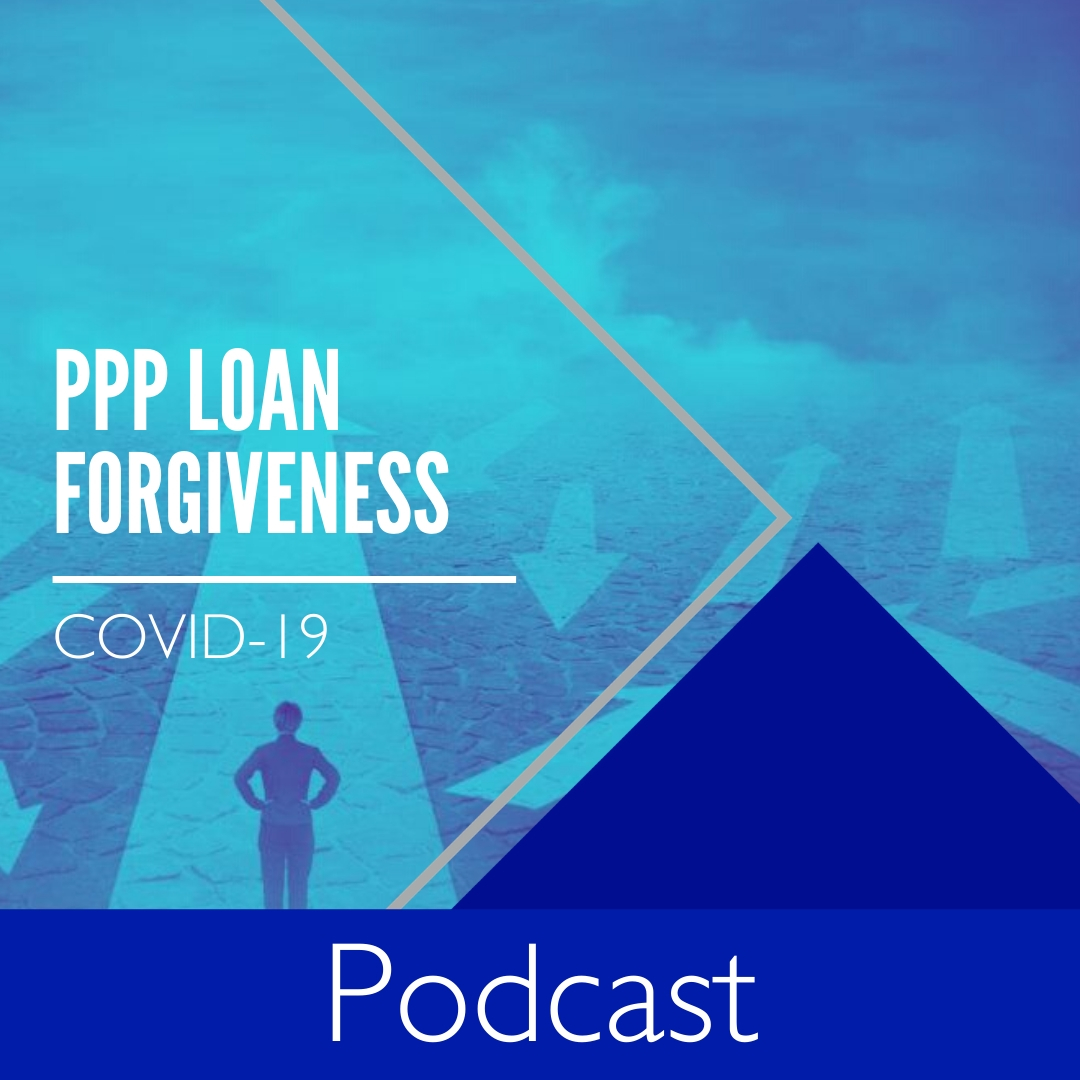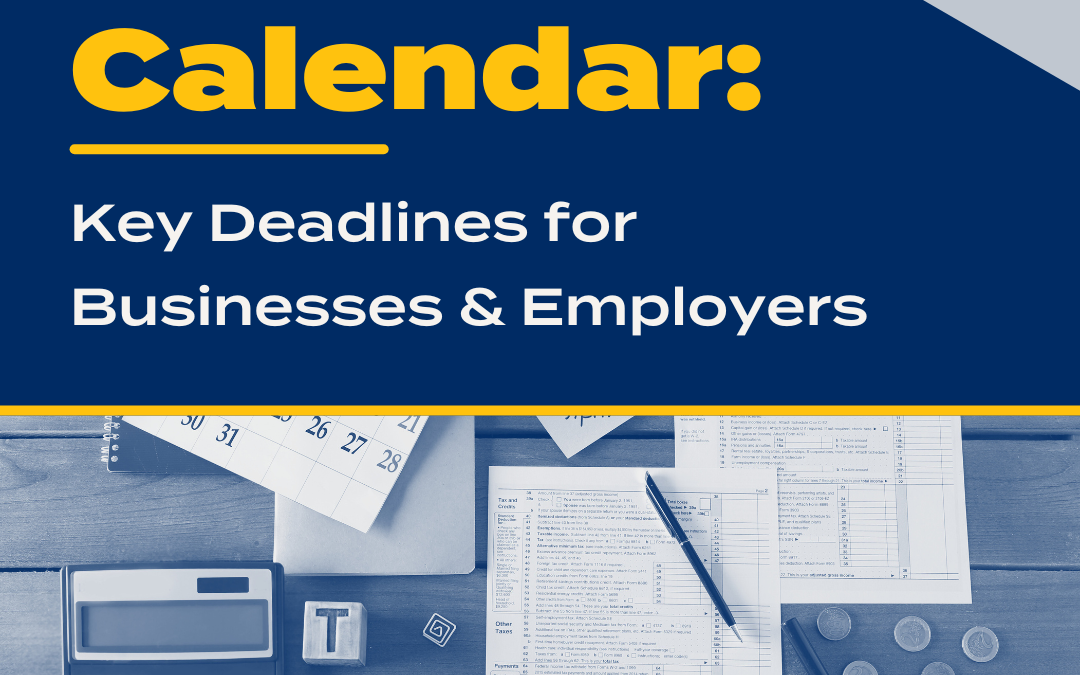We recorded this show on May 5, 2020, and things are changing daily. So this is what we know as of the time of recording.
Although final guidance hasn’t been issued, we’re continuing to learn a lot more about the loan forgiveness aspects of that Paycheck Protection Program (PPP), which everybody knows about by now.
Since the loan program was designed to keep employees on the payroll, you can probably guess that that’s what we’re going to talk a lot about today is payroll.
Let’s start with a refresher on what payroll costs can actually count towards the loan forgiveness.
So what counts towards the forgiveness is salaries, wages and commissions—up to $100,000 on an annual basis per the employee. And if you take that $100,000 and you figure out this eight-week period, it ends up being about $15,385 per employee that can be counted towards this forgiveness.
It also includes things like vacation pay, tips and overtime. And it also includes group health insurance and payments of retirement plan benefits.
So what payroll costs are not included in this?
So, we talked about group health insurance, but “group health insurance” does not include, for this purpose, the dental insurance or the vision insurance; it’s health insurance only.
The second thing is other employer payroll costs like Social Security and Medicare. Those expenses do not count for this loan forgiveness.
And a big one, which is for those employers that have to pay out Qualified Sick Pay or Medical Leave because some of their employees are affected by COVID-19. Even if they don’t take the credit—which is allowed for paying out those wages—those wages are excluded from PPP purposes. So like I said, whether you use the credit or don’t use the credit for those sick pay wages, you can’t use those wages for this PPP.
So because the program is based on payroll, I understand that you have to keep the number of employees the same as you were before to get the full forgiveness, correct?
That’s right, and here’s where it gets a little bit technical. So, you really need to look at how many full-time equivalent employees you had from the base period and compare it to the number of people that you have employed during this eight-week testing period (and remember, the eight-week testing period starts on the day that you receive your PPP funds). Any reductions during this eight-week period will reduce the amount of the loan that can be forgiven.
So what are these dates for the base period, then?
These are important, which is why I think we should really talk about them. The base period is based off of one of two periods: It’s either Feb. 15, 2019, through June 30, 2019, OR Jan. 1, 2020, through Feb. 29, 2020. Now, the employer gets to pick whichever one of those has the lower amount, because obviously you want that base period to have a lower number of employees.
So, let’s just say that you had a 15-percent reduction in the number of full-time employees when the loan is forgiven during that period of time compared to the base period; that would mean that your loan forgiveness would be reduced by 15 percent. So it’s really important that people use those dates to figure out their full-time equivalents.
So are there other reductions that employers should be aware of?
There is. Another reduction is based off of how much employees are earning. So if any individual made 25 percent less during this eight-week period than they did in the prior quarter, those employees aren’t counted for your full-time equivalency measurement. So, as an employer, you really have to be careful on how many employees you have and how much they’re paid.
So what do you recommend employers do right now?
So, based off of the recommendations or the knowledge that we have at this point, I think it’s important that you hire back your employees, whether they’re working or not. Because like I said, you need that full-time equivalent number and you need that pay number to be about what they were before in order to qualify to get the full reimbursement.
And if, for some reason, your wages number is a little bit lower, there’s nothing that says you can’t give bonuses to your employees, because they’re working at a time that’s probably more stressful to them than a normal time.
So, many employers are just not going to get the full amount of the loan forgiveness since some of their employees may make more on unemployment than they would working (I think we’re seeing that with a number of our employers). So those employees may not want to come back to work.
But, it continues to be important—and we’ve had this conversation with a lot of our clients—it’s continuing to be important that employers realize that even if they don’t get 100 percent loan forgiveness, whatever portion is forgiveness—is forgiven—it allowed for some additional cash infusion into the company at the time when the company really needed it.
Sign Up to Receive Email Updates
Be sure you’re getting the latest insights as legislative developments occur. We’re here for you with tax insights and business resources.
Sign Up Now
We Are Here for You
Contact us to talk through the challenges your business faces as you navigate through this unprecedented time. No doubt you’ll need help assessing cash flow and making smart projections, reviewing loan covenants, lining up bridge financing, talking to banks and lenders, figuring out staff loads and employee counts, handling disrupted supply chains, and so much more.
Read An Important Message from Our Firm





